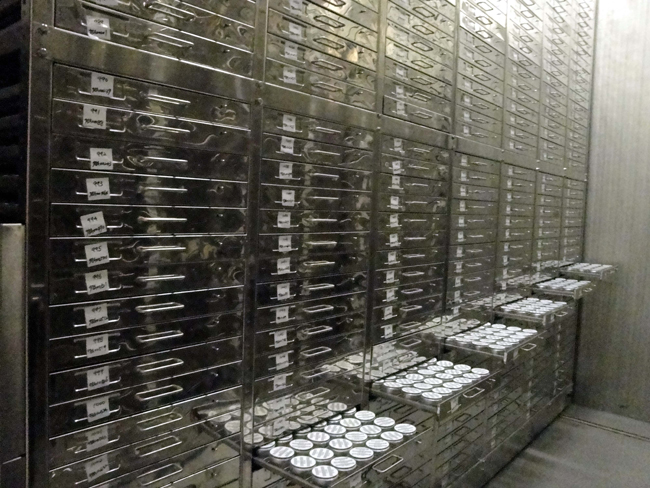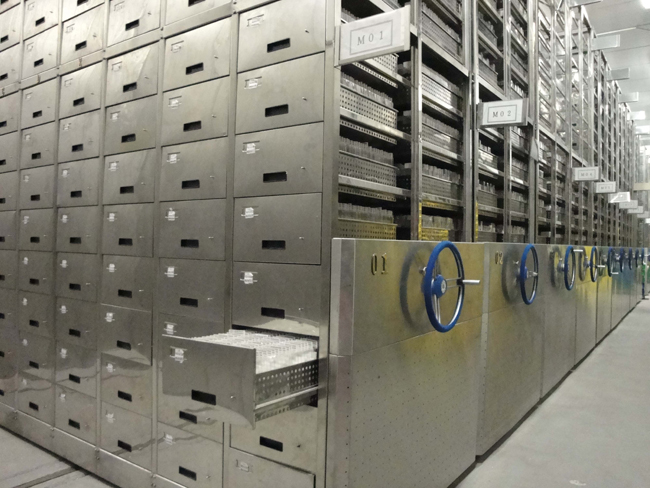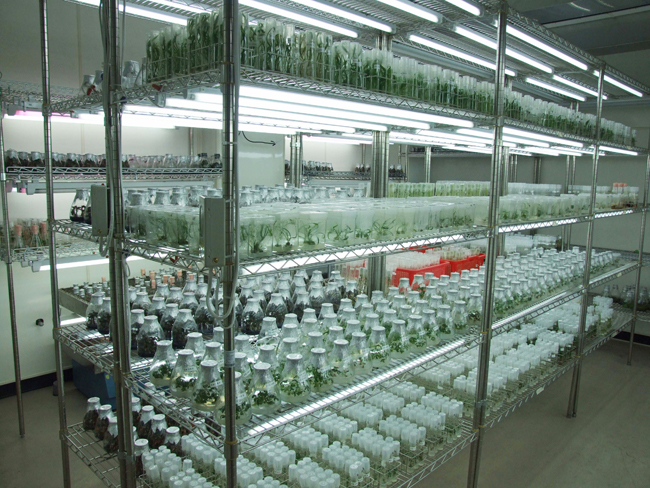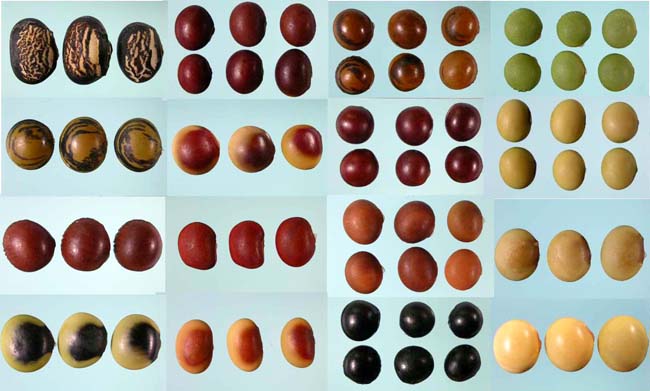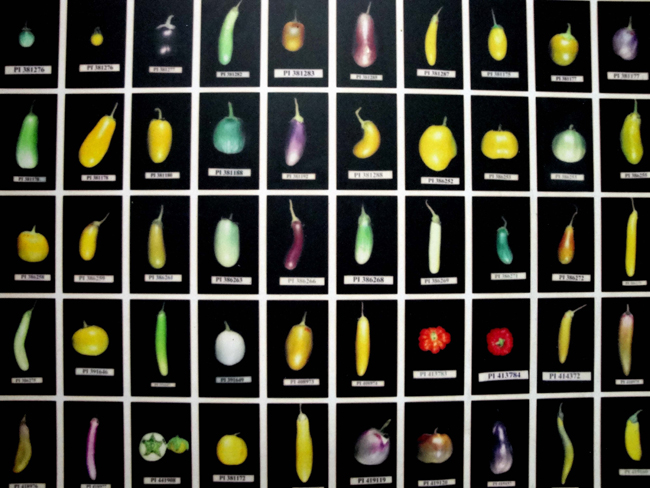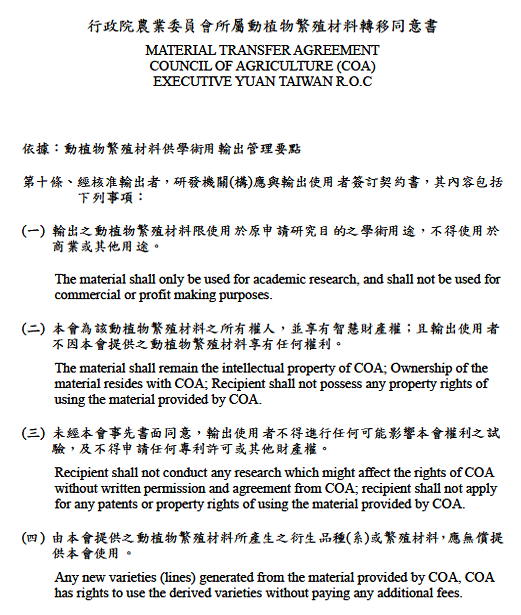About us
Plant germplasm (genetic resources) is the living tissue from which new plants can be grown. It is usually the seed but it can be other plant parts that can be cultured into whole plants. Plant germplasms constitute the foundation for agriculture and food security. They contain the genetic information for the plant’s hereditary makeup and are the basic raw materials required to meet the current and future needs of crop improvement programs to enhance crop productivity and quality, and are a reservoir of genetic diversity which acts as a buffer against environmental and economic change. The Division serves as a national repository of conserved crop genetic resources and has responsibility for evaluation, documentation, rejuvenation, and distribution of plant genetic resources, seed viability testing, database management and provision of technical information. The National Plant Genetic Resources Center (NPGRC) of the Division is dedicated to preserving the genetic diversity of tropical and sub-tropical crop plants. NPGRC’s main tasks are as follows:
Storage of Seeds- Long-term storage:At storage conditions of -18±2ºC and 30±3% relative humidity (RH), good quality seeds are stored as base collections to maintain their genetic integrity for more than 30 years. NPGRC’s long-term storage facility can accommodate 240,000 accessions.
- Medium-term storage: At storage conditions of 1±2ºC and 40±3% RH, seeds are stored as active collections to ensure accession viability at least for 10–20 years. They are available for multiplication, distribution and evaluation. They may serve as the supplement to the base collection. NPGRC’s medium-term storage facility can accommodate 250,000 accessions.
- Short-term storage: At storage conditions of 10±2ºC and 40±3 RH, seeds are stored for use in characterization, evaluation and crop improvement programs. It is expected to provide high quality seed for at least eight years.
Several conservation fields were established at different altitudes and the populations of the clonally-propagated species are directly planted and preserved in a natural state in the habitats where they naturally occur. Germplasm characterization, evaluation and documentation are on-going activities.
In Vitro Conservation of Vegetatively-propagated SpeciesTissue culture techniques have been developed for conserving clonally-propagated genetic resources such as sweet potato, potato, taro, yam and lily. This form of in vitro conservation saves storage space and is a useful and efficient way to distribute clonal genetic resources. It facilitates the availability of planting materials at any time, evades the transfer of pathogens and insects, and makes possible virus eradication through meristem culture.
Exchange of GermplasmConserved genetic resources with documented information at NPGRC are accessible for academic purpose in the country and can be obtained free of charge upon application. NPGRC also facilitates international exchanges of plant germplasm. Toward this end, plant germplasm catalogs are prepared and distributed to the end-users.
Germplasm Information SystemThe National Plant Genetic Resources Information System was established to facilitate the exchange of plant germplasm information among researchers, breeders and farmer communities to identify the most appropriate accessions with particular traits of interest. The Internet-accessible database contains passport data, botanical classification, morpho-taxonomic descriptors and characteristics such as agronomic traits, disease resistance, stress tolerance, genetic markers, and plant photographs.


